Militarisation of Armenia under the “nation-army” doctrine An analysis of Azatazen’s activities
Following its crushing defeat in the 44-day war of 2020, Armenia has been rapidly advancing a concept of deep societal militarisation, shifting from a traditional national defence model to a hybrid doctrine of a “nation-army.” Although this initiative was originally proposed under the previous government—specifically by then Defence Minister Vigen Sargsyan during Serzh Sargsyan’s presidency—it is under the current Defence Minister Suren Papikyan that it has taken concrete form. Particular emphasis is being placed on the activities of militarised organisations such as VOMA and Azatazen, which have become instruments of strategic mobilisation of Armenian society under the banners of patriotism and “national revival.”
From paramilitary groups to systematic training: The role of VOMA and Azatazen
Earlier, based on information obtained from informed sources, we reported that Armenia is actively preparing to carry out terrorist attacks against Azerbaijan. VOMA, the Dashnaks, ASALA (which, notably, claimed responsibility for the attack on a Jewish synagogue in Yerevan) are actively training "specialists of the relevant profile" for terrorist warfare against Azerbaijan. Other terrorist groups are also being formed on the territory of Armenia, most of which are virtually beyond the control of Pashinyan's government. These groups even involve minors. In effect, Armenia is turning into a second Lebanon before our very eyes.
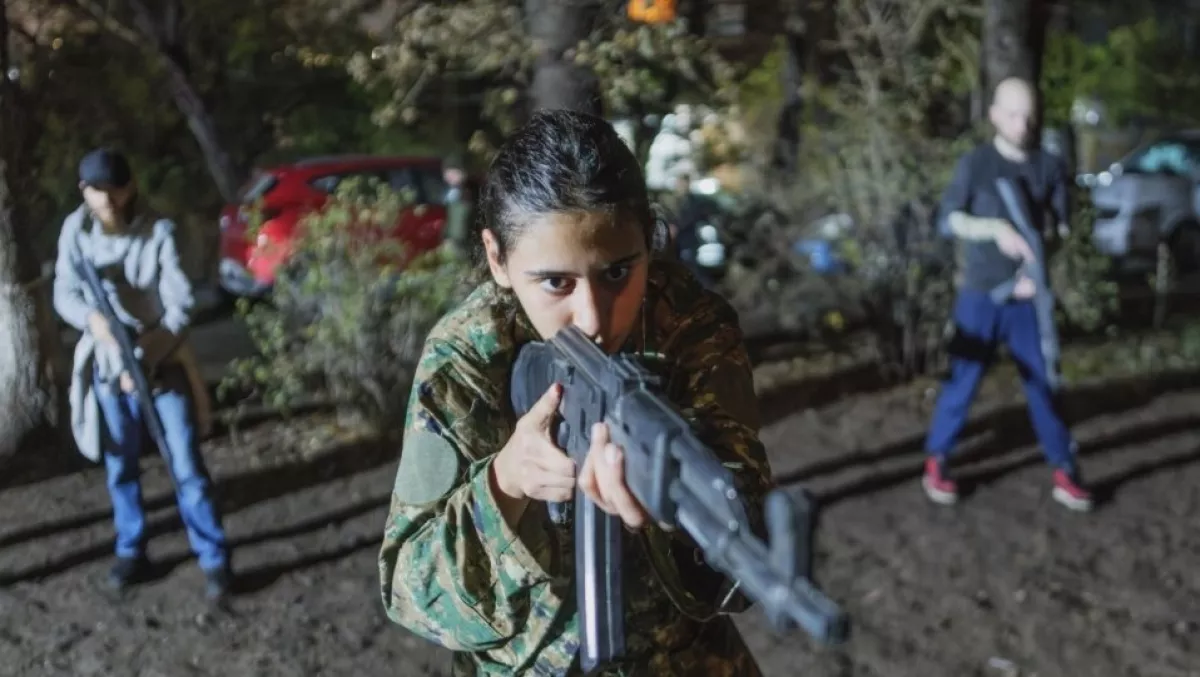
The terrorist organisation VOMA, overseen by saboteur Vova Vartanov, has long served as a tool for training militants outside the framework of the regular army. With extensive external funding (primarily from the diaspora), Armenians holding foreign citizenship underwent training near the de facto border with Azerbaijan. The focus was placed on engineering tasks (such as constructing permanent strongpoints), learning to operate light military vehicles (like buggies), and firearms training.
Incidentally, an important detail that adds to VOMA’s “portrait”: back in 2020, the Investigative Department of the Azerbaijani General Prosecutor’s Office conducted an investigation based on materials submitted by the State Security Service concerning the involvement of Armenian citizen Vladimir Vartanov and others in recruiting foreign nationals residing outside Armenia. These individuals were involved in forming an armed group of foreigners not recognised by the legislation of the Republic of Azerbaijan, under the name VOMA (“Voxj Mnalu Arvest” – the art of survival). The group conducted training exercises and its members engaged in terrorist and other criminal acts on the formerly occupied territories of Azerbaijan.
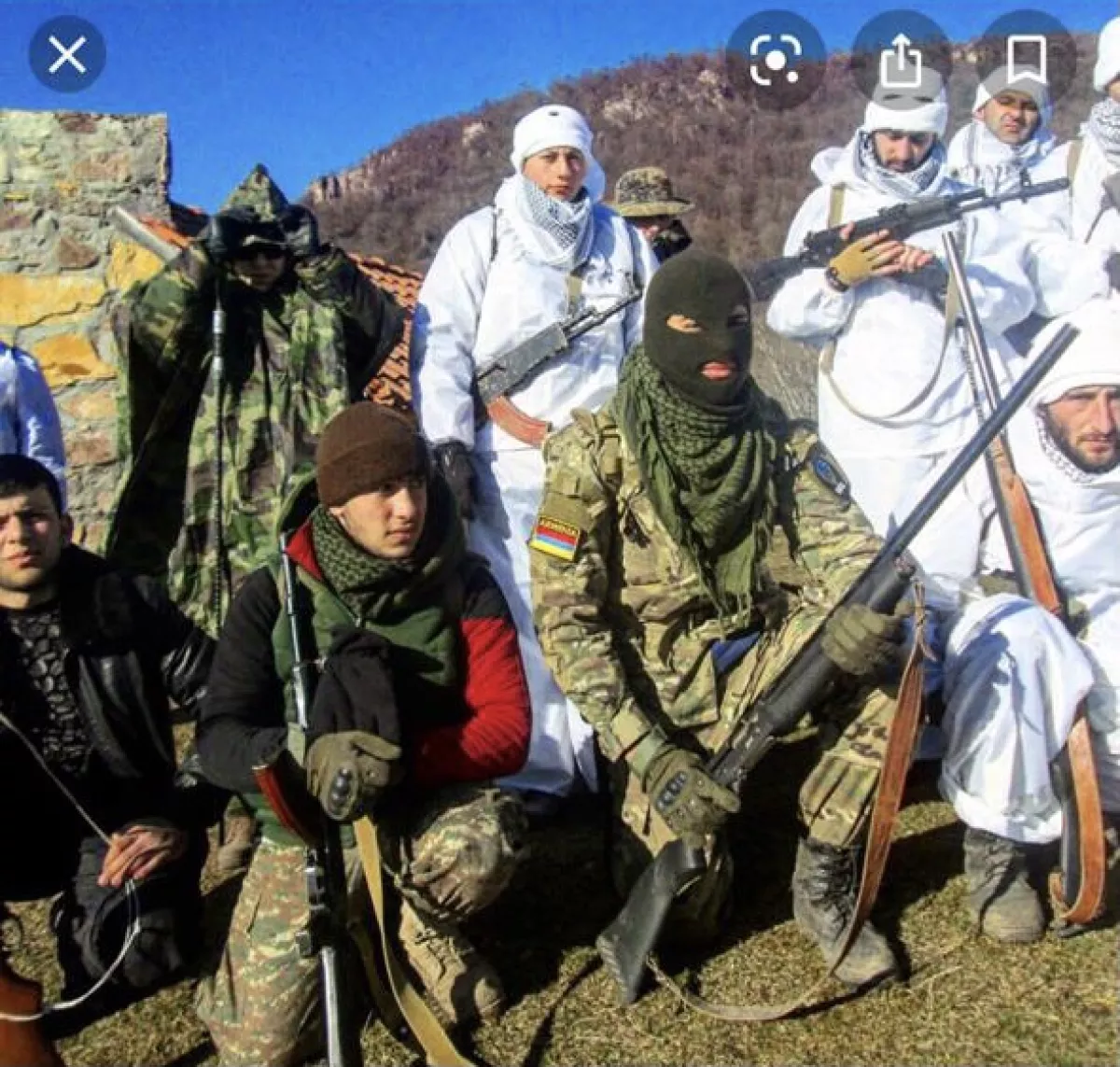
It was also established that the individuals in question were used by the Armenian authorities as mercenaries in a war aimed at the occupation of the territories of the Republic of Azerbaijan, as well as in actions targeting the civilian population and the Azerbaijani Armed Forces involved in counter-terrorism operations. The investigation confirmed that members of the aforementioned organisation engaged in terrorist activities directed against citizens of the Republic of Azerbaijan.
As a result, the Prosecutor General of the Republic of Azerbaijan initiated a criminal case under several articles of the Criminal Code of Azerbaijan, including Article 100.2 (waging an aggressive war), Article 120.2.1 (premeditated murder committed by a criminal organisation or group), Article 279.3 (establishment of armed groups not provided for by law), Article 318.2 (illegal crossing of the state border of the Republic of Azerbaijan), and other relevant provisions.
In contrast to VOMA, the organisation Azatazen, established in August 2021, has pursued a more institutionalised model, positioning itself as an “educational” NGO. In September 2023, it obtained a license to open a shooting range for training civilians—a step that should not be viewed as an isolated incident, but rather as part of a systematic preparation of the population for a new war with Azerbaijan.
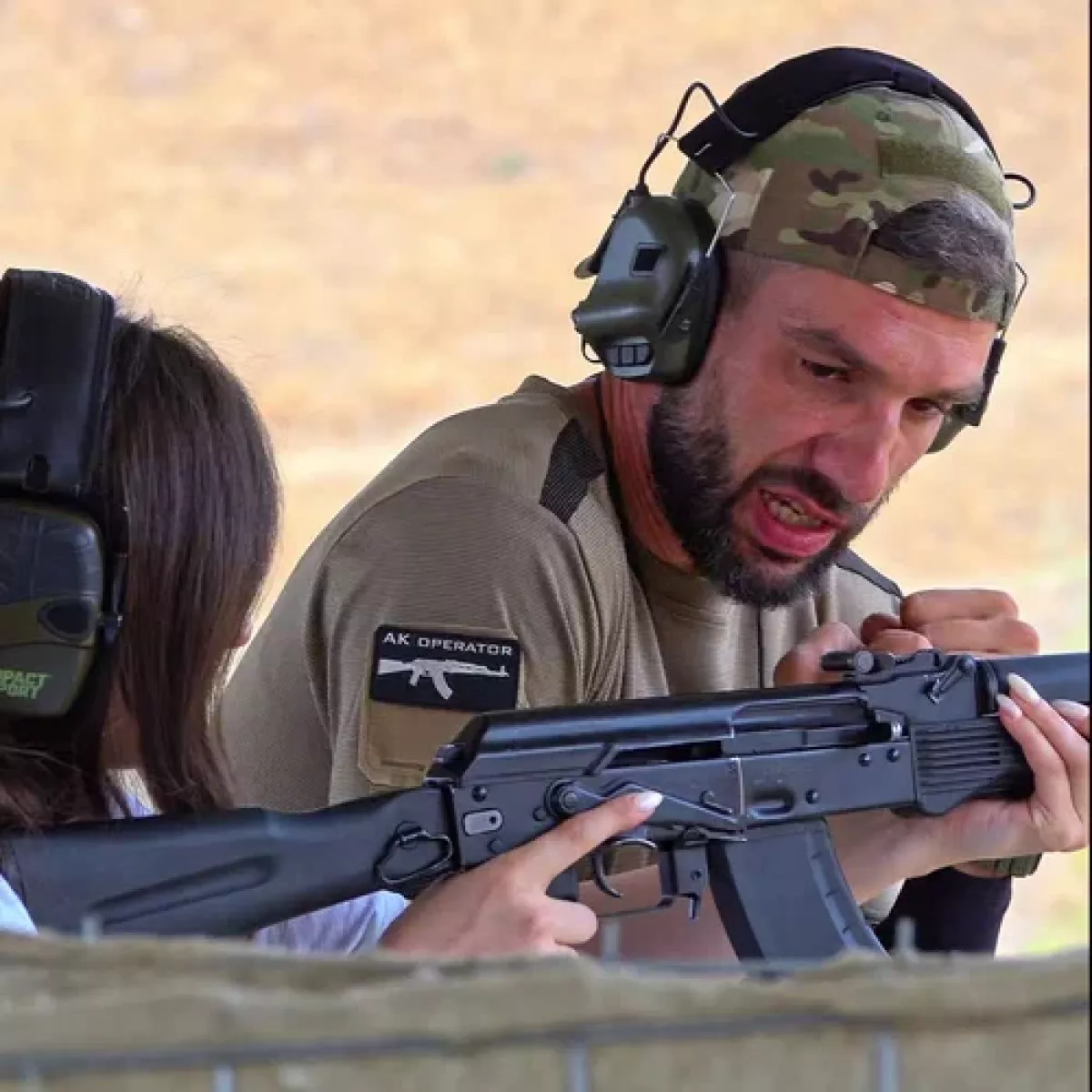
The formal independence of Azatazen from state security structures has been ensured through a pre-planned legal strategy. The organisation conducted a high-profile lawsuit against the Armenian Ministry of Internal Affairs, which ended in its favour. This not only reinforced its image as an “independent institute,” but also created a legal safety net in case of the need for urgent distancing from the state during high-profile incidents, such as terrorist attacks or military provocations against Azerbaijan.
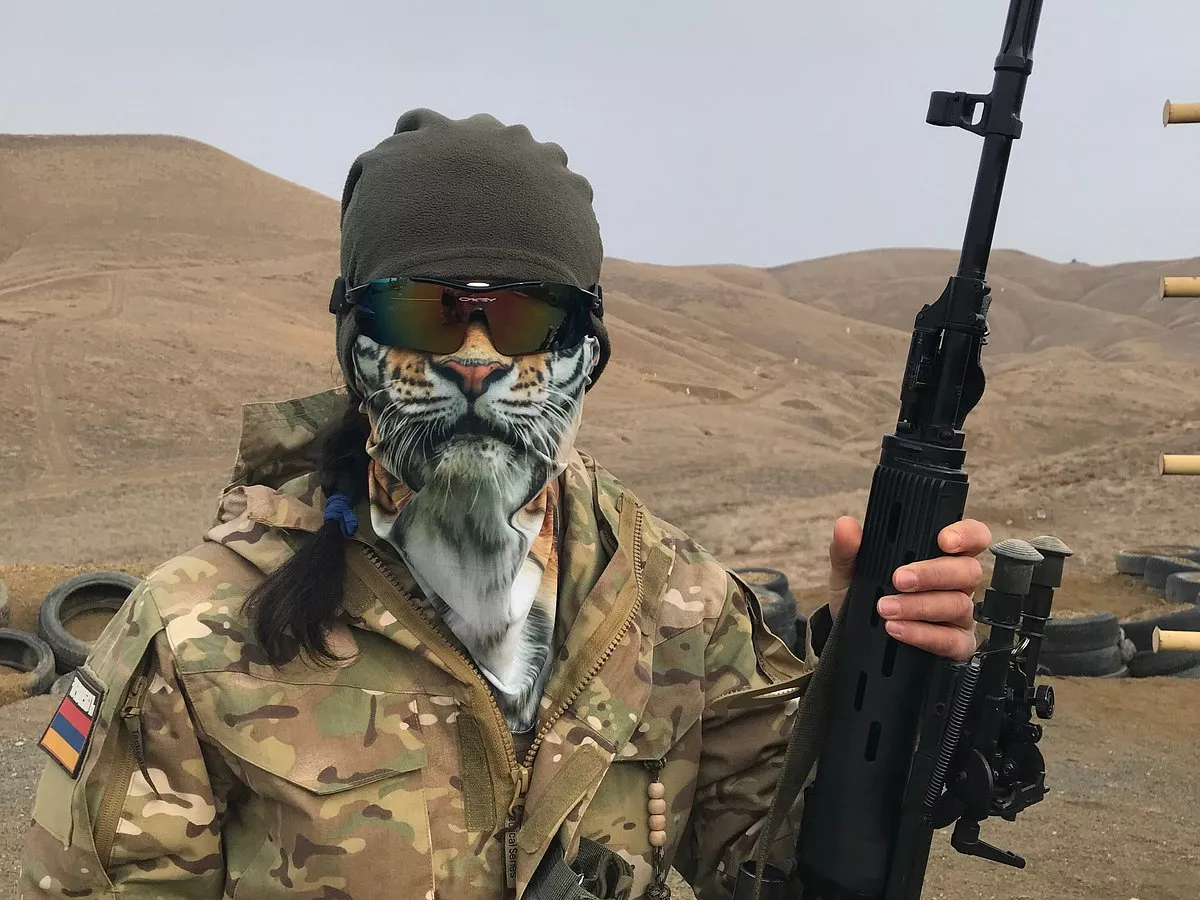
To legitimise its activities, Azatazen actively exploits changes in Armenian legislation related to the circulation of civilian firearms. In particular, in January 2024, a draft law amending the “Law on the Regulation of Firearm Circulation” was passed by the Armenian Parliament in its second and final reading. According to the amendments, citizens who are currently serving or have served in security agencies are exempted from practical exams when acquiring firearms, including those who have completed mandatory military service in the last five years or participated in training camps in the past year. It is easy to see that behind this outwardly democratic facade lies a process of radicalising the youth and preparing the population for actions that go beyond self-defence.
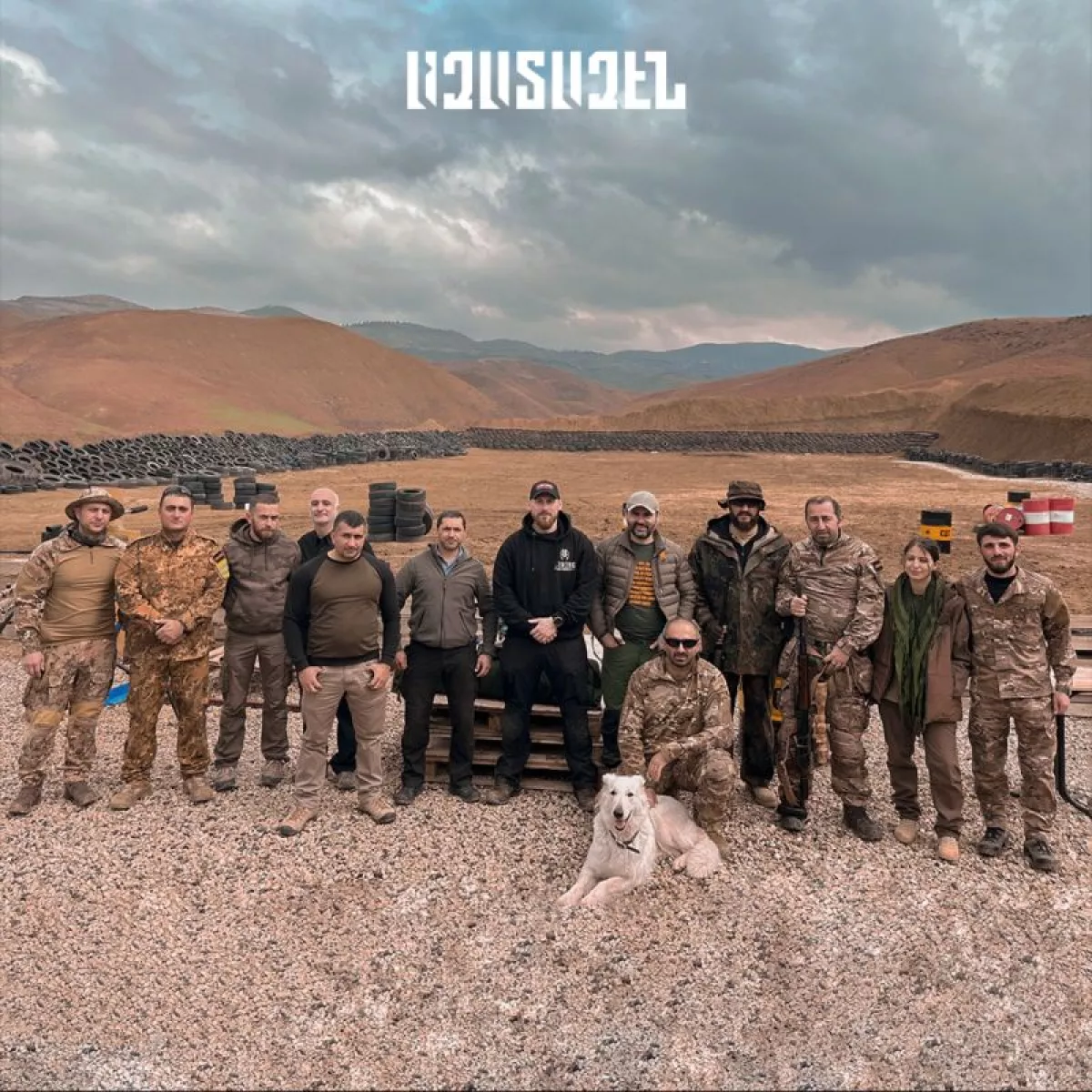
The Azatazen training programme includes tactical shooting, ambush organisation, survival in extreme conditions, artillery training, management of FPV strike drones, and even the handling of mortars and grenade launchers.
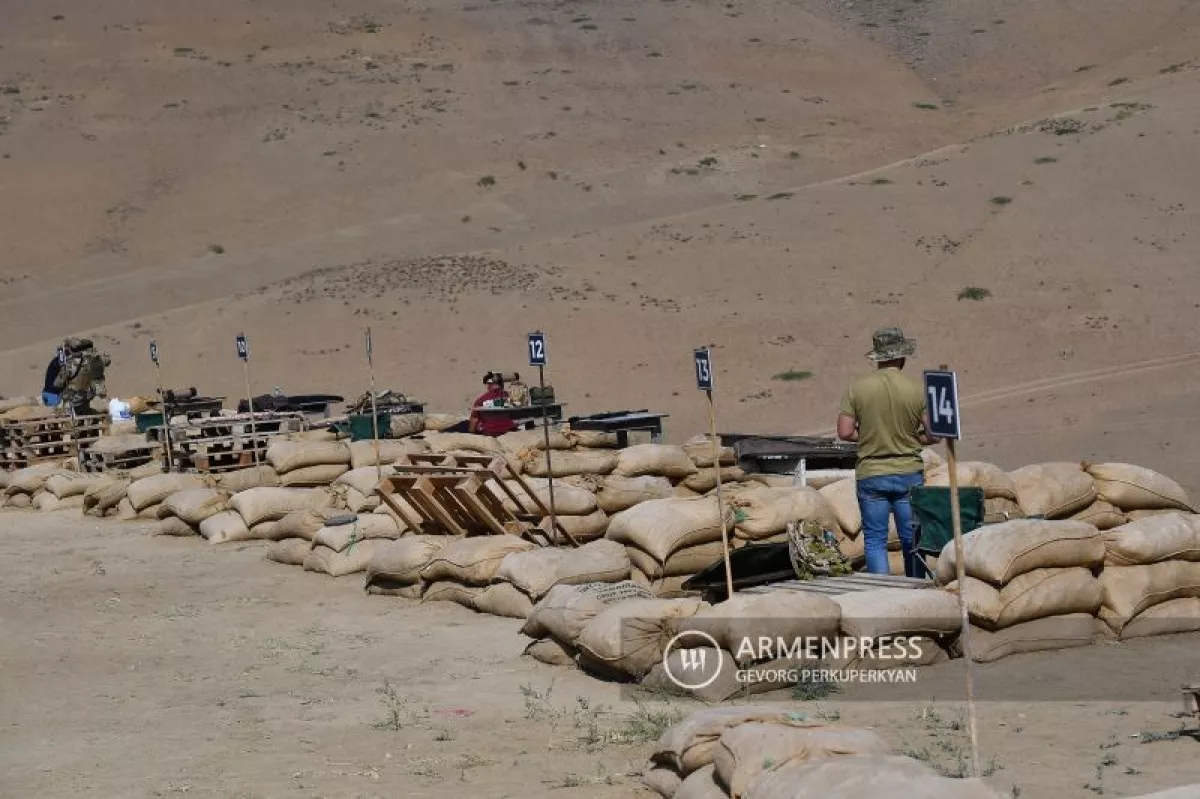
Visual materials shared online (including on YouTube and social media) reveal that the training involves nearly the entire spectrum of firearms, including sniper rifles in .375 CheyTac calibre by Victrix Armaments (.375 CheyTac, a specialised long-range sniper round made in the USA), which were previously featured in promotional materials by the Armenian Ministry of Defence. This indicates a logistical and resource connection between the Armenian Ministry of Defence and Azatazen. Moreover, instructors involved in Azatazen's courses have been previously identified in VOMA materials, suggesting that these interconnected projects are coordinated by the same agency.
Financing, control, and regional security threats
One of the most alarming aspects is the complete lack of transparency regarding the financing and recruitment of Azatazen. It is unclear who is admitted to the training programmes and based on what criteria, as well as what mechanisms are in place to monitor the graduates. Given the ongoing political instability in Armenia, a scenario in which these trained fighters could be used as a tool for destabilisation is entirely plausible. This could take the form of an organised pressure force against the political opposition or an armed uprising.
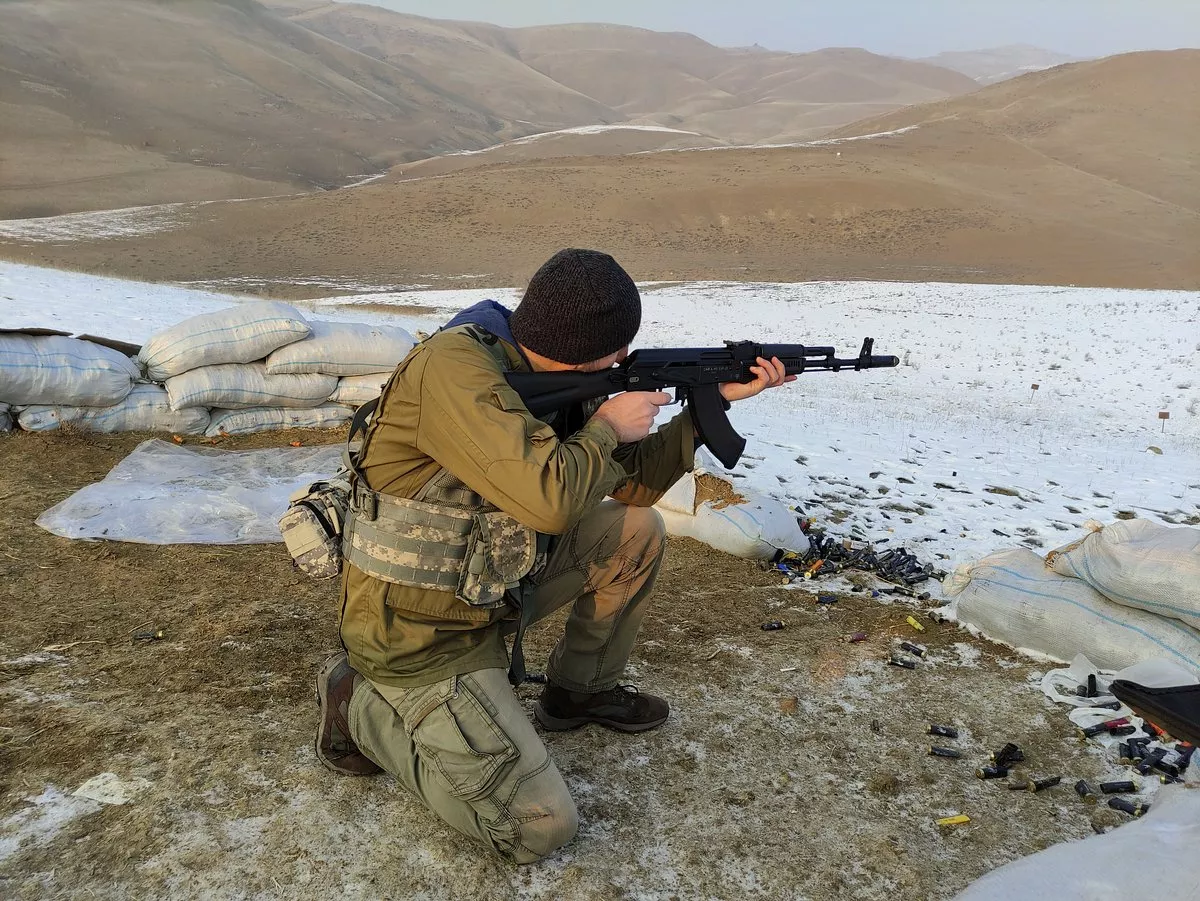
Moreover, the propagandist aspect of the training is also a serious cause for concern. The cadets undergo ideological conditioning, reflecting on topics such as the so-called "Armenian genocide," the "loss of Artsakh," and studying the nationalist manifestos of Garegin Nzhdeh. The promotion of Armenia's first assault rifle, the "Vahan," designed by Vahan Manasyan, serves as a symbol not only of technical autonomy but also of an attempt to build a culturally militarist narrative aimed at long-term confrontation.
Conclusions
All of the above suggests that Azatazen is not merely a training centre but a structural component of Armenia’s long-term militarisation strategy. Under the guise of "educational" rhetoric, a systematically trained and ideologically motivated force is being formed, capable of participating in both external operations and internal power scenarios.
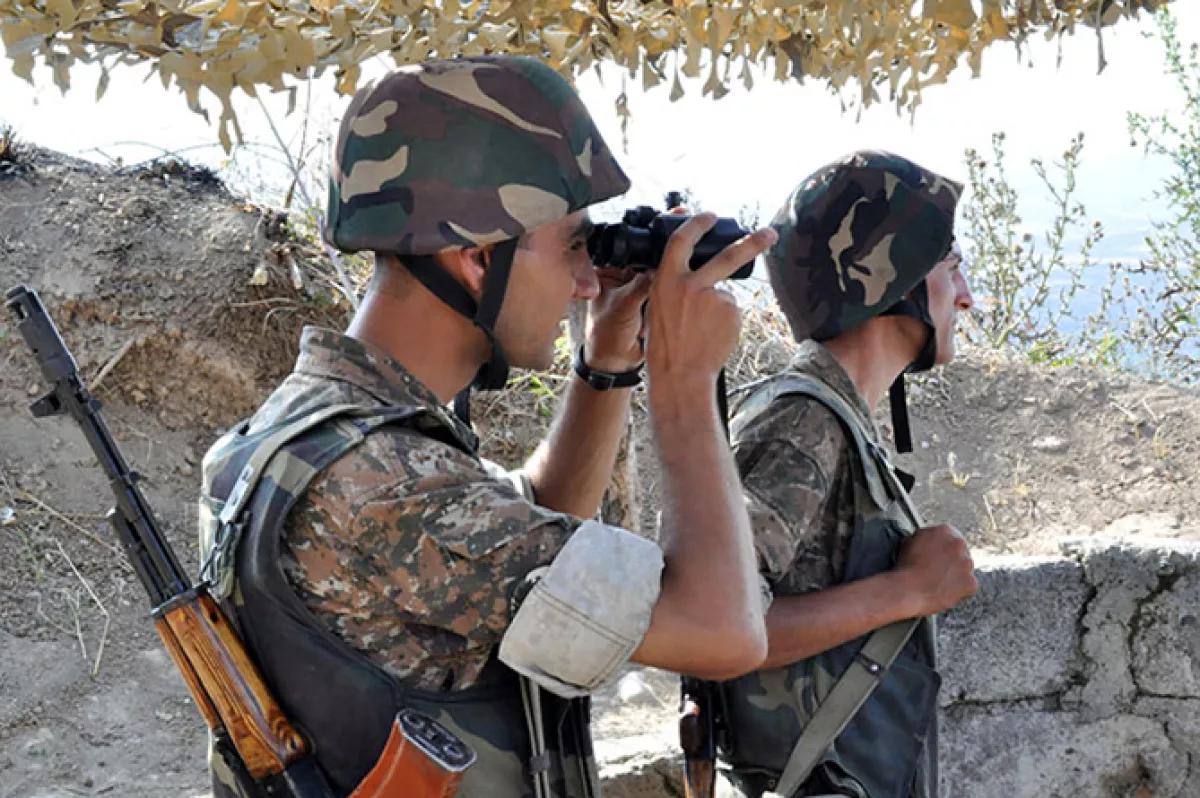
The connection between the organisation and the Armenian Ministry of Defence, the shared instructor pool with VOMA, the use of weaponry identical to military equipment, and the overlap in tactical and technical approaches all create a compelling impression: Azatazen operates as an affiliated project of the Armenian Ministry of Defence, disguised as a civilian initiative.
It is certainly not an exaggeration to say that Armenia’s cultivation of mercenaries and terrorists, supporting terrorism at the state level and turning it into one of the main tools of its aggressive policy, directly contradicts international law.
Primarily, this approach poses a potential threat to regional security, particularly considering that much of the training is conducted near the conditional Armenian-Azerbaijani border. In a situation where Yerevan continues to declare a course for peace while simultaneously fostering armed cadres within opaque and state-controlled "civilian" platforms, the international community should remain vigilant and demand transparency from Armenia regarding the military training of its population.








